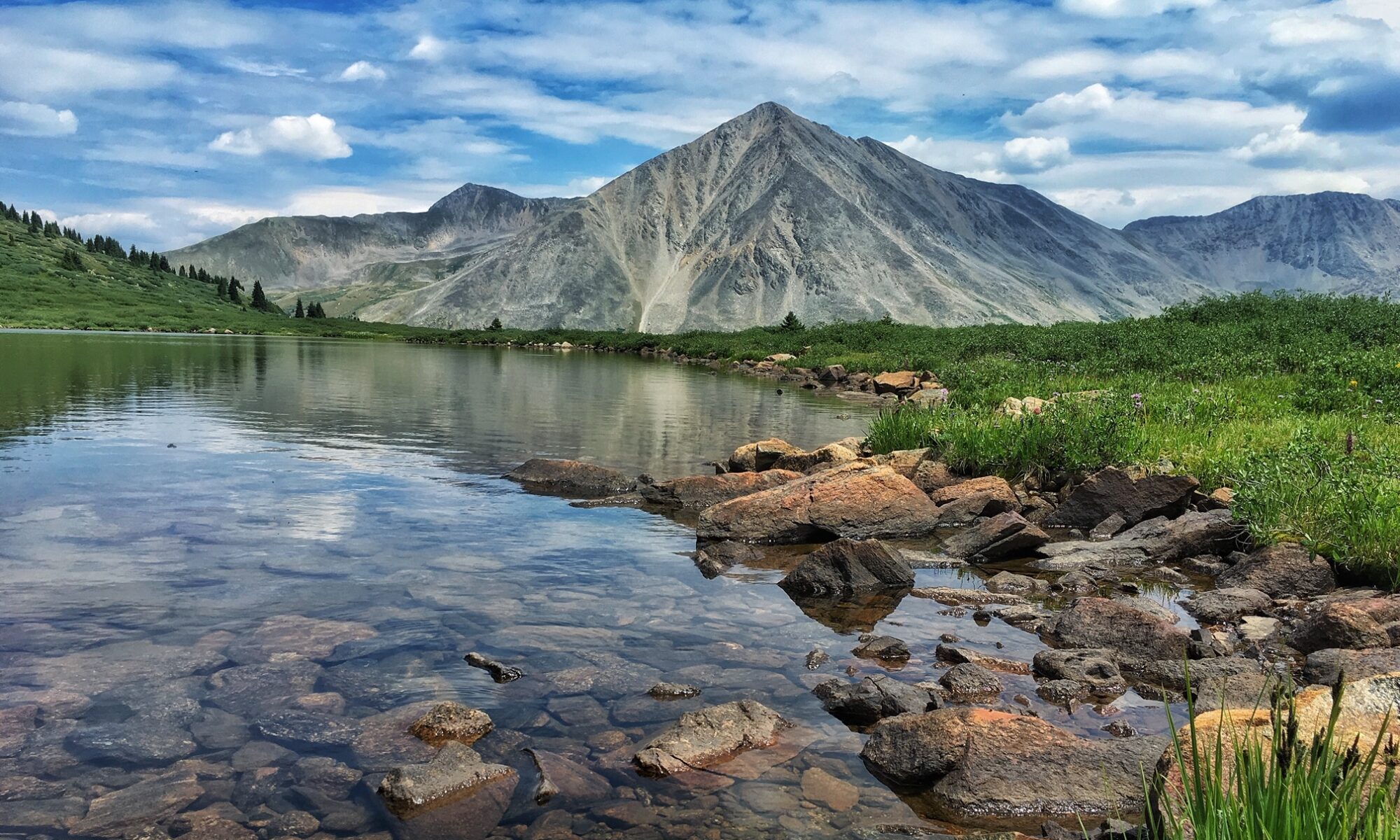Pardon the overused pun, but I’m hooked on dry fly fishing. I love watching a trout rise to take a fly off of the river’s surface. My dry fly box is stocked and already in use for this spring and summer season of fishing. While I definitely carry more than five dry fly patterns, here are the five all-purpose flies, in various sizes.
I like these in sizes 14-18, with some size 20s in a couple of these patterns:
1. Parachute Adams
This is where it all begins for me.
If I could only use one dry fly, I’d choose a Parachute Adams for sure. This fly serves double-duty. I use it during a Blue-Winged Olive (BWO) hatch, but I also use it as an attractor pattern. It works equally well in Montana, Colorado, Wisconsin, and Michigan. I carry some size 20s in this pattern because it has worked on days when trout stubbornly refuse a size 18.
2. Elk Hair Caddis
Like the Parachute Adams, the Elk Hair Caddis serves well as both an imitation and an attractor pattern. My dilemma is always the dubbing. I like black for the spring creeks in Minnesota or Wisconsin Driftless creeks, but green or tan works well for the Yellowstone River in Montana.
I’ve even had success with a larger Caddis pattern (size 12) during hopper season.
3. Light Cahill
I always make sure my fly box has an ample supply of Light Cahills to imitate Pale Morning Duns (PMDs). I’ve run into a lot of PMDs on the spring creeks in Montana and tailwaters like the Owyhee River in eastern Oregon. Like a BWO, and PMD is a another mayfly species.
While the BWO has darker (gray) color, a PMD is much lighter pale color—as its name suggests.
4. Comparadun
I’m being a bit non-committal here as the Comparadun is a rather general pattern rather than a specific fly. I’ll go with gray if I want to imitate a BWO or light tan if I want to imitate a PMD. The key is that the Comparadun floats a bit lower in the film than a Parachute Adams or a Light Cahill.
This makes it look more a cripple or a dun that is struggling to take flight.
5. Royal Wulff
My final go-to fly is an attractor pattern. While I’m selecting a Royal Wulff as my fifth fly, my favorite attractor varies from week to week and from river to river. I like something with bushy hackle which can handle a lot of water.
So I’m also fond of an H & L Variant and a Red or Yellow Humpy. Occasionally, I’ll return to one of the first attractor patterns I ever used — the Renegade. It doesn’t stay “dry” quite as well in rough water, but even when submerged, it produces well.
You only need a few basic patterns for spring and summer dry fly fishing, but make sure you fly box is full of them in different sizes.







